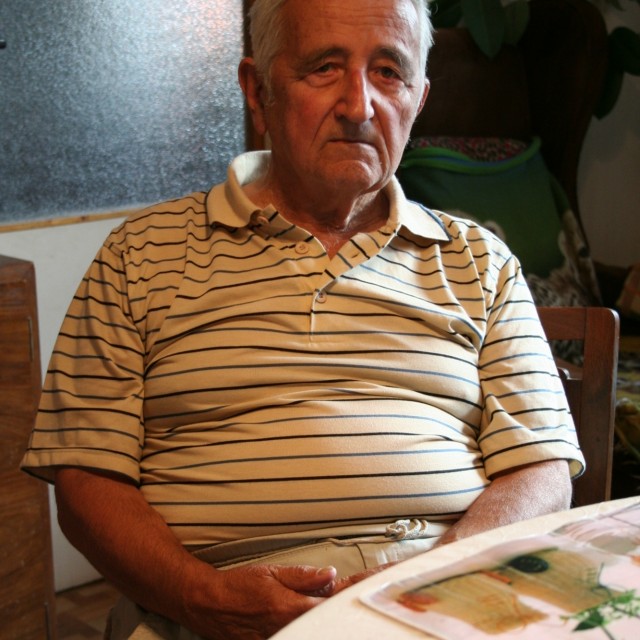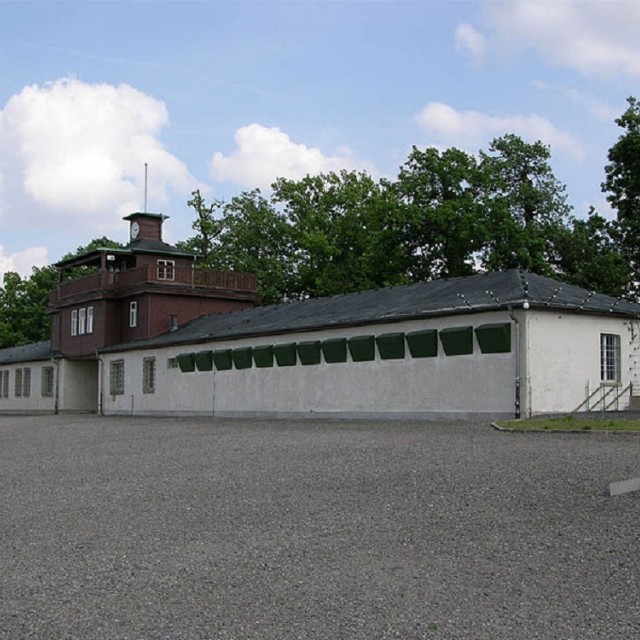A Boy Hidden in a Concentration Camp
Miloslav Moulis, a former prisoner in Buchenwald, recalls an unusual situation that occurred in this concentration camp. “It happened that one of the prisoners managed to smuggle a three month old boy into Buchenwald. I have no idea how he managed to do that, but the baby was simply there. Had the SS-men known about the baby, they would have killed him right away. Fellow prisoners were hiding the baby in a clothes depot for several months. It was a large hall, and the baby boy stayed there until the camp got liberated by the Americans.” This story illustrates the strong defiance that prevailed in the concentration camp towards the end of the war. The defiance resulted in an open revolt. “Shortly before the actual liberation, the Germans wanted to execute 47 prisoners, mostly German anti-fascist. This included a Czech, Petr Zenkl, the former mayor of Prague. He had been imprisoned by the Germans since 1939. The rest of the prisoners, or rather a committee of prisoners that formed itself, decided that it would not hand the anti-fascist prisoners over and hid them instead. The Germans were furious and turned the concentration camp upside down, but no one gave in. All 47 prisoners, including Zenkl, lived to see the liberation,” said Miloslav Moulis.
Hodnocení
Hodnotilo 0 lidí
Routes
Not a part of any route.
Comments
No comments yet.




